I had plans to drink another sample sent to me by iwii today. Among the stuff he sent me were a few pieces of a heavily traditionally stored tea. As most of you who regularly read my blog know, I’m a good Hong Kong boy and do not mind traditional storage so long as it fulfills two conditions
1) It is not so wet stored as to have health concerns for me
2) It is not presented as a dry stored tea of significantly older age and thus selling for a price it doesn’t deserve
As I was flipping the few pieces of tea around for picture taking, however, I noticed something
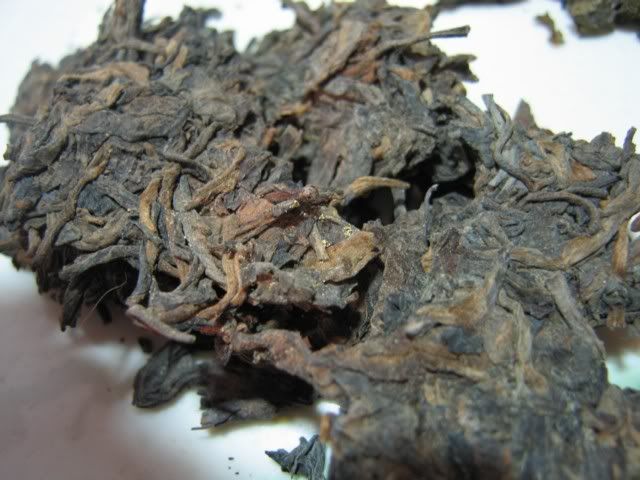
Not clear enough? Try looking at the picture here.
See those yellow dots in the middle? There are conflicting information regarding these things. Some call it “golden flowers”, and claim that they are good for you. Others say that there are two types of golden flowers — one is the good kind, the other is a harmful kind that is really a mould that will produce a carcinogenic toxin. Needless to say, I was a little alarmed to find this. I then searched around the pieces some more… there were more of these on other pieces, scattered around, and also some white mould
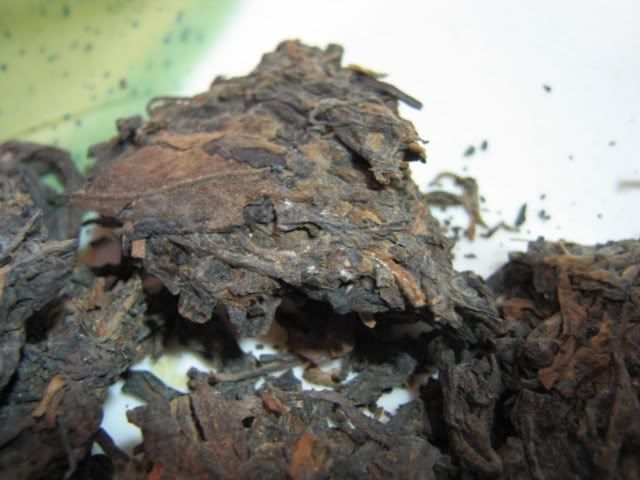
As well as that white dusting that covers pretty much everything, inside and out.
Properly traditional stored tea should have some of these white dusting, but white mouldy spots or yellow ones are generally considered bad. I put off the tea and brewed some of my Mengku 2002, which I haven’t tried in at least half a year. I used the shavings that have accumulated inside the wrapper, plus a little off the cake. The tea brews a nice amber colour
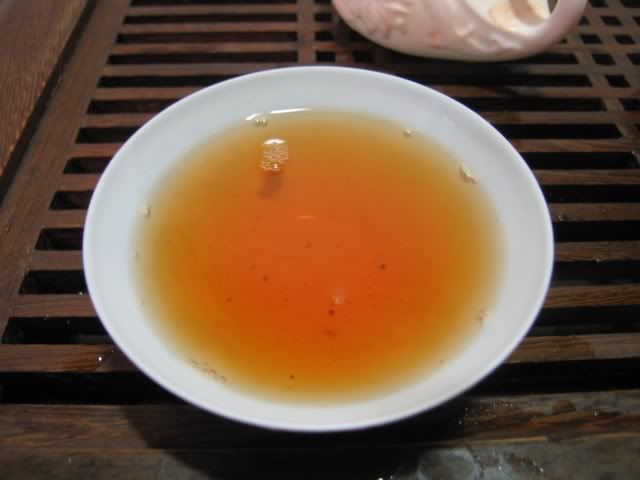
It’s bitter, and strong, but smooth. There’s a strong taste to it…. something akin to dark chocolate. Obvious qi, with a bit of huigan, not quite hitting down the throat, but definitely towards the back end of the mouth. It’s not a great tea, but not a bad one either, and it now costs at least double what I got it for about 9 months ago.
While drinking it, however, I was sorely tempted to try the sample that iwii gave me. I was planning on throwing it out, but decided that I can at least brew it and see what happens.
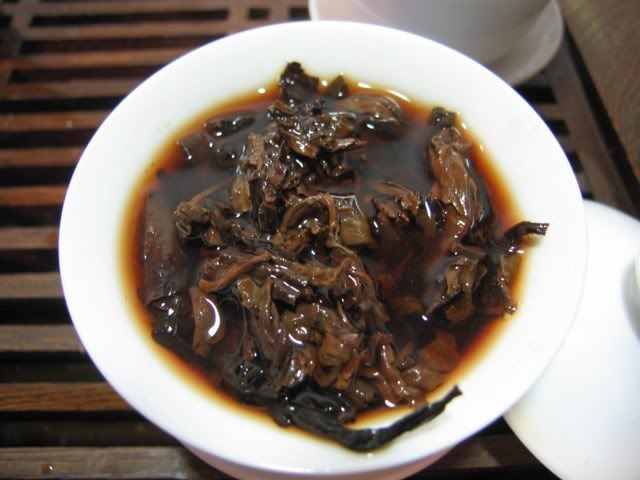
I washed it a few times, and then brewed one infusion for trying. The obvious aroma coming from the tea is a medicinal smell, but not in a very aromatic way, rather in a slightly pungent and unpleasant way. I tried a few small sips of the tea, which brewed an almost pitch black drink. It’s surprisingly bitter, given that it’s been so wet stored. Normally teas like this should be fairly sweet and pleasant, but this one isn’t.
The leaves for this tea are rather rigid and inflexible
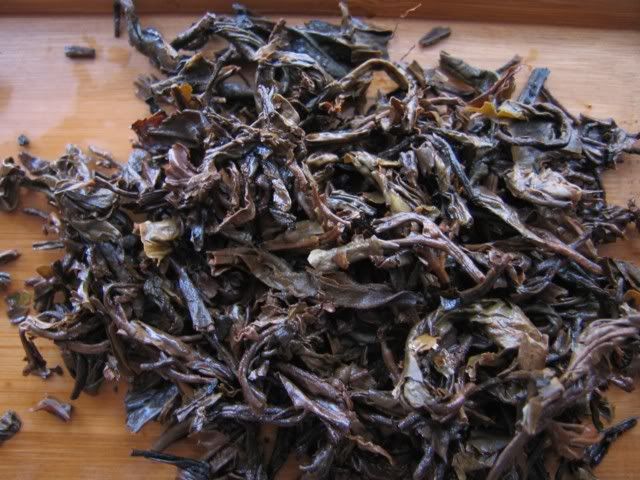
It’s lost much of its vitality, and I couldn’t really find many examples of leaves that were both whole and open-able. This was the best one after some exhaustive searching

Even then, it didn’t really open up, and it’s already gone through 5 very long infusions. Properly traditionally stored tea should only be lightly wet stored, and then dry stored for a few years to let the wet storage dissipate and develop before going on the market. This tea has been mismanaged — too wet, and not enough time/treatment afterwards to make it palatable. Perhaps given some years in a dry, airy environment it can be saved a bit, but I don’t think so. It’s quite far down the road to being a cooked puerh, if you examine the leaves. There isn’t a whole lot that can happen to it, and the existence of the yellow mould pretty much seals the deal. Whoever sold this cake is doing a disservice to tea drinkers it serves.
So, iwii, where did you get this cake? You should ask for your money back, especially if they told you it’s dry storage or it’s 30 years old (which it can’t be).
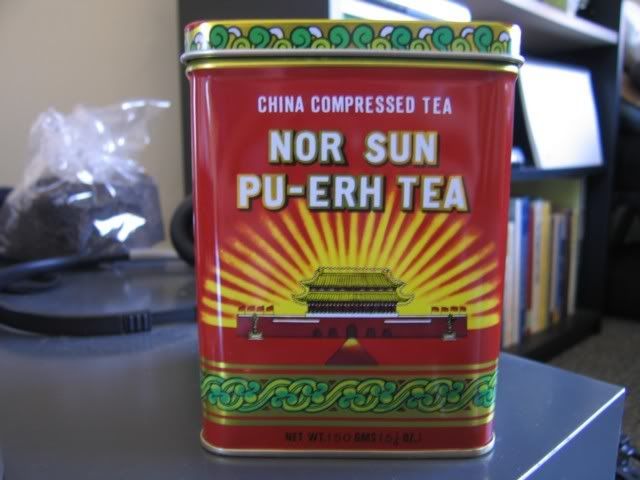
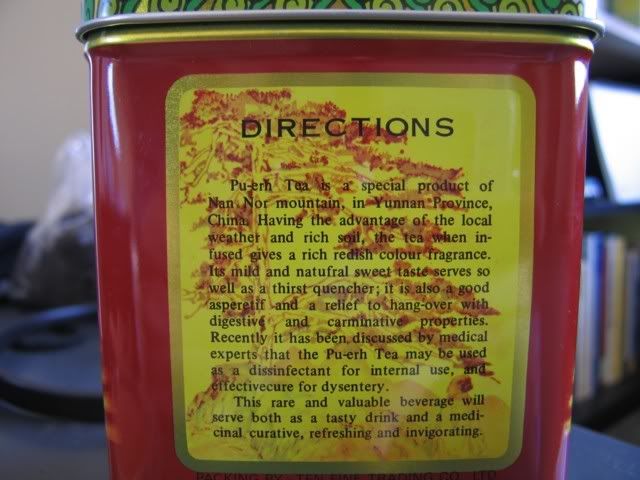
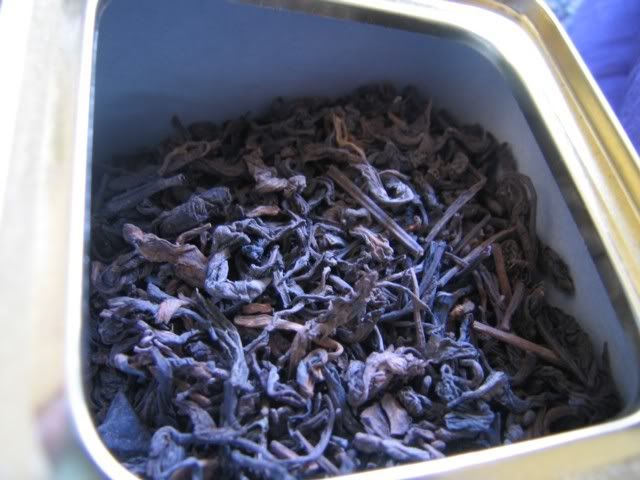
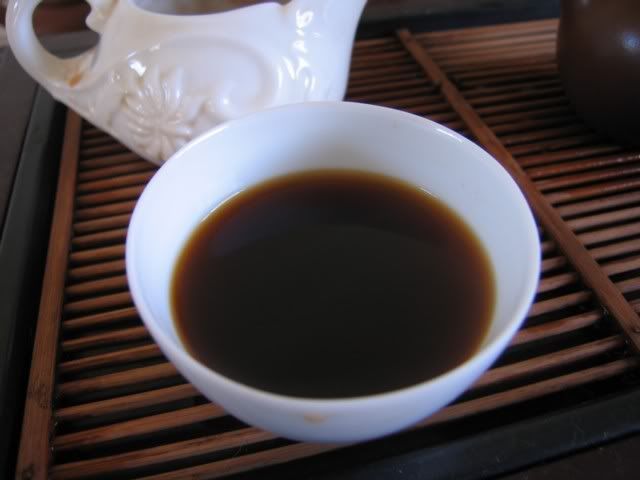
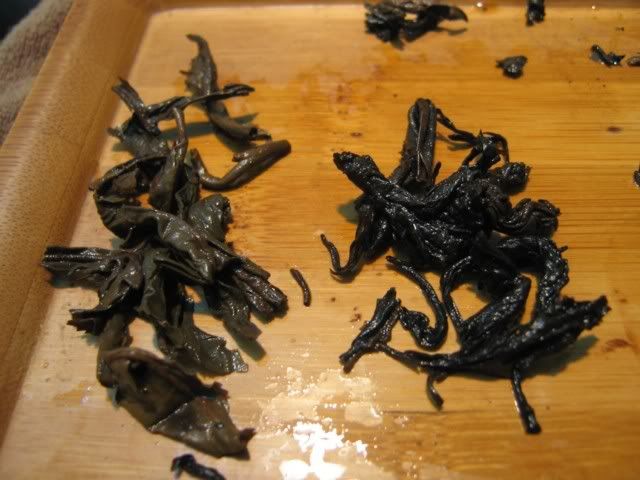


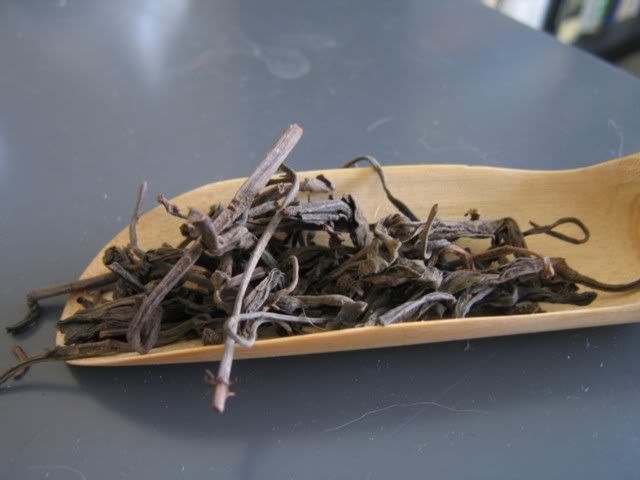
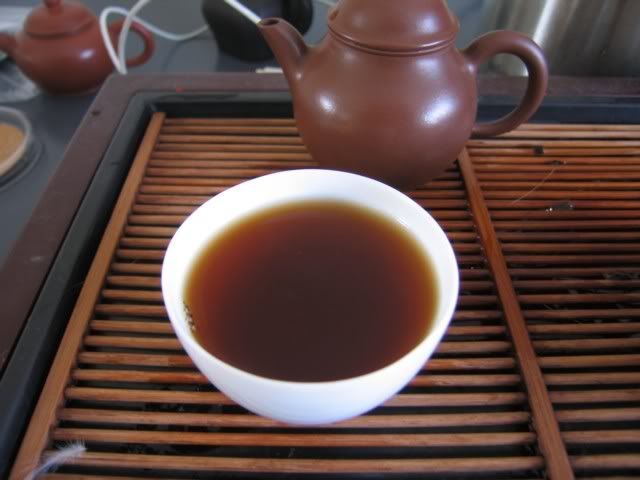
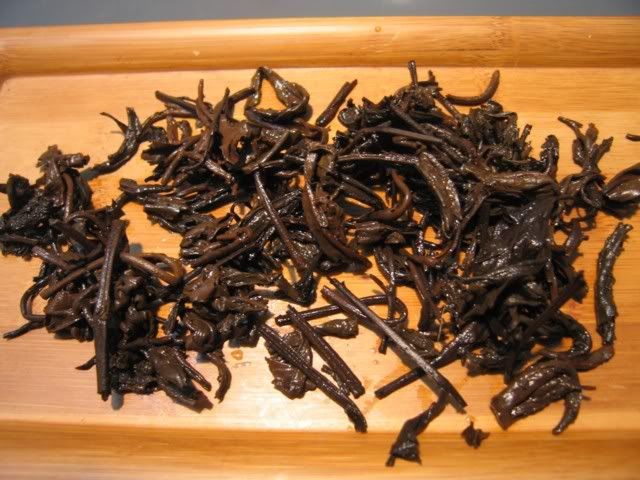
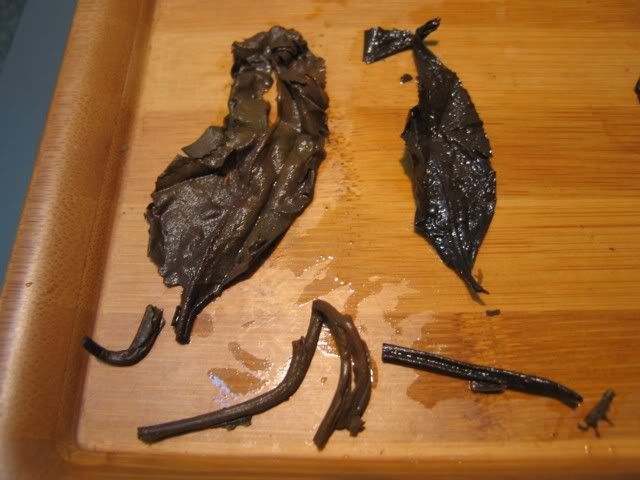
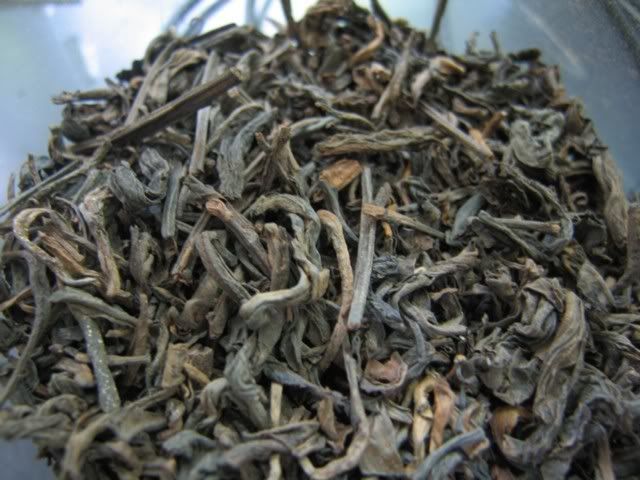
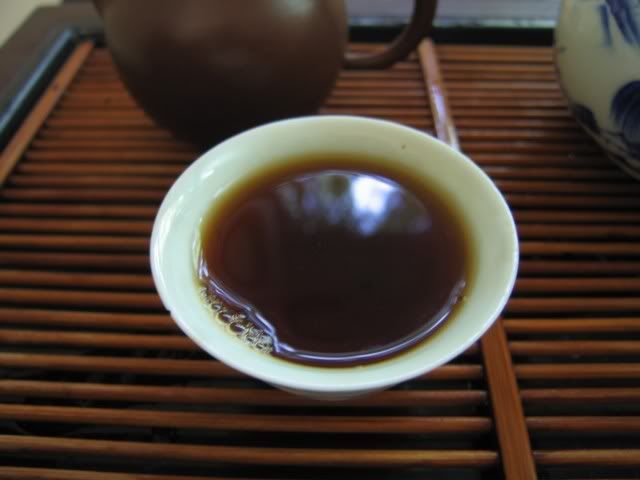
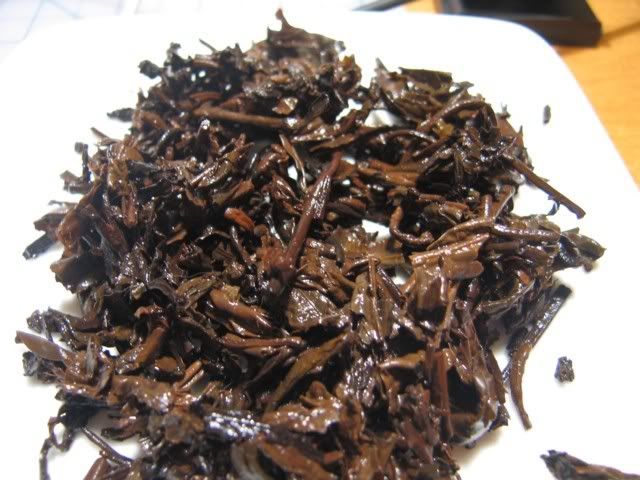
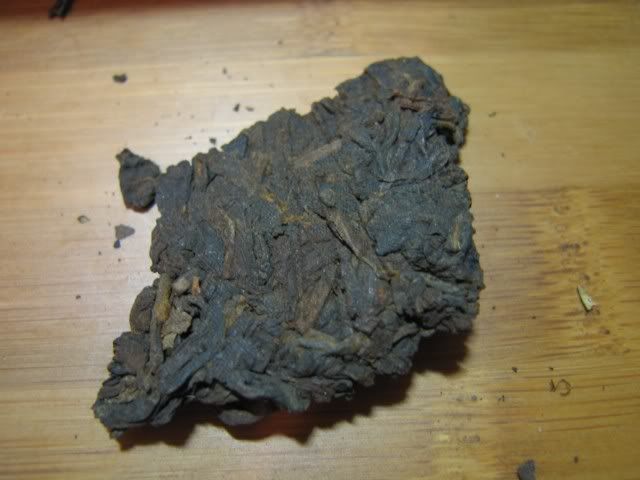

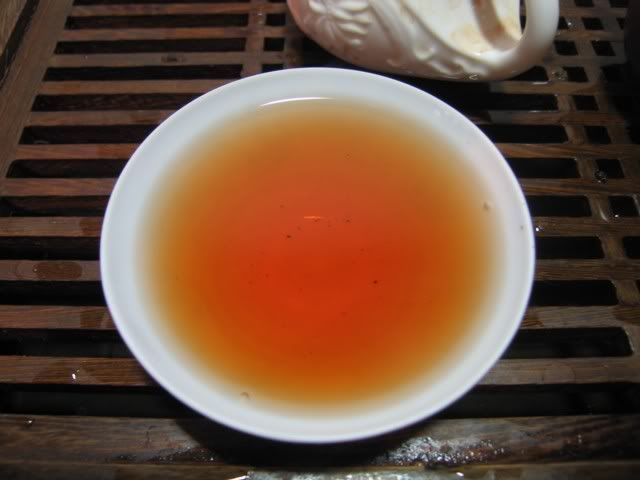
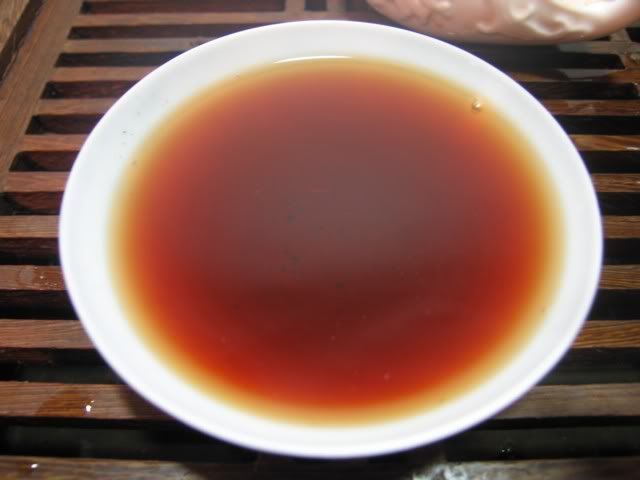






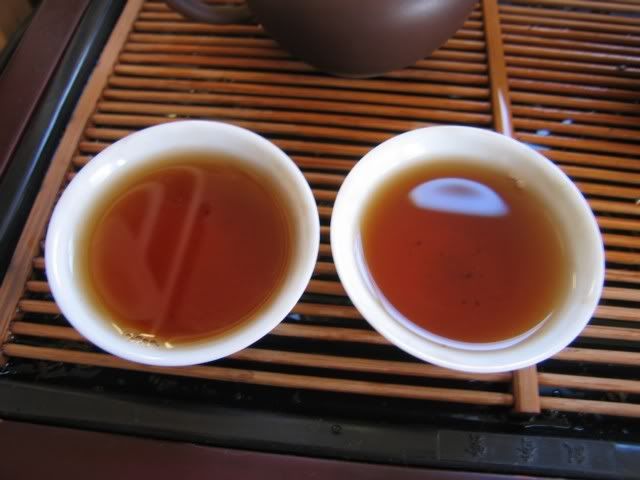
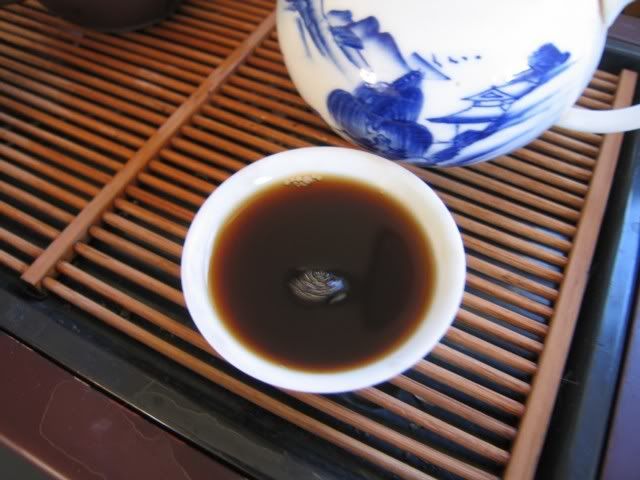
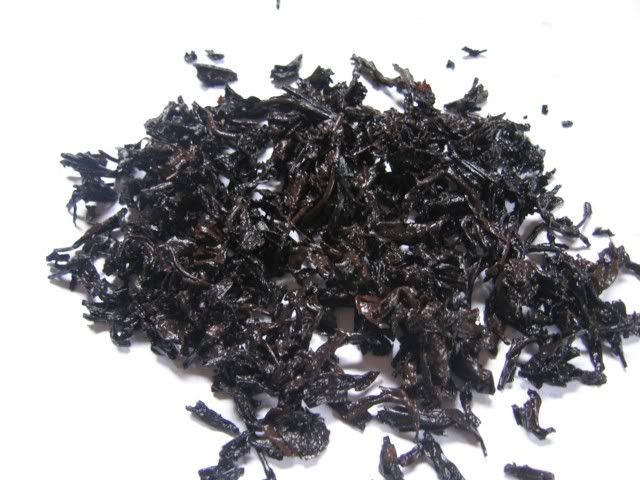
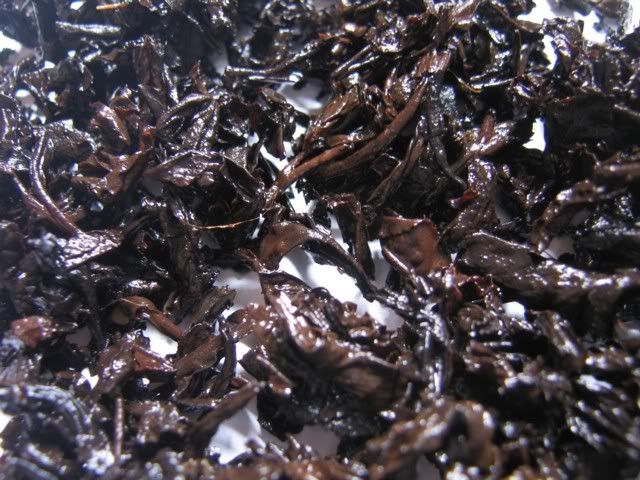
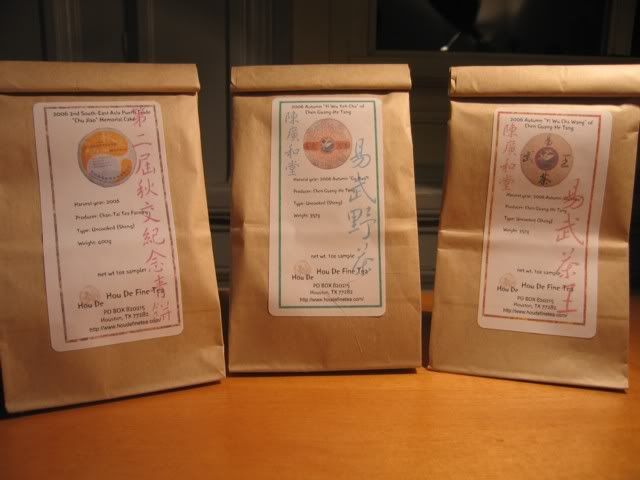
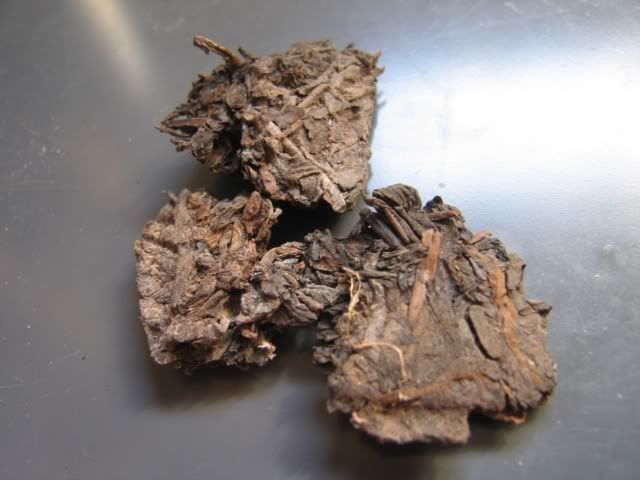
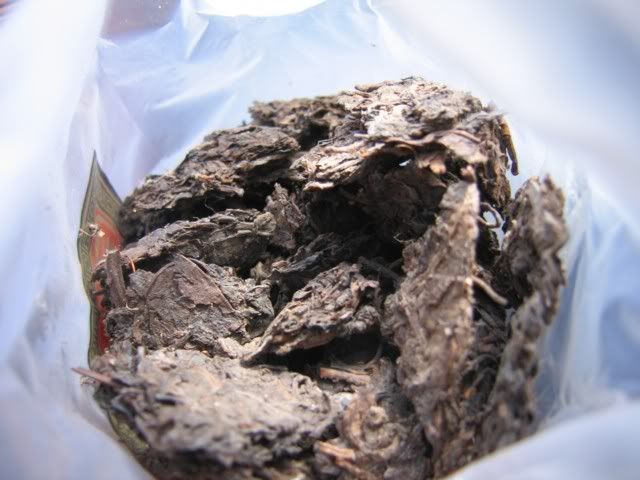
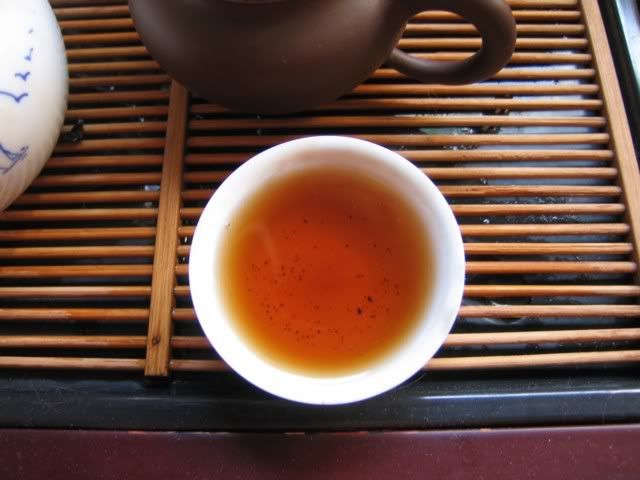

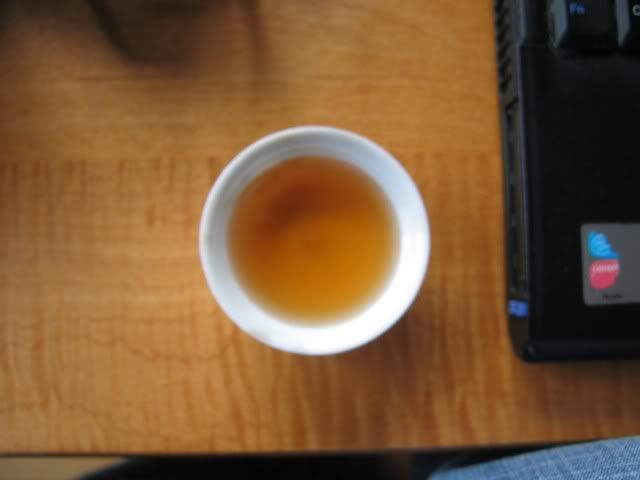

 RSS - Posts
RSS - Posts
I took you at your suggestion and have been reading some of your old post-Covid posts. I haven’t been to…